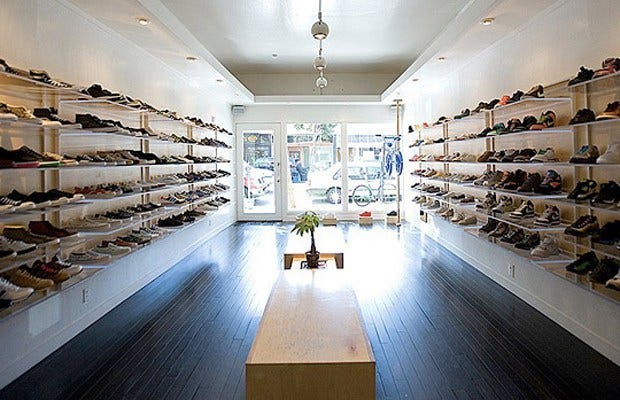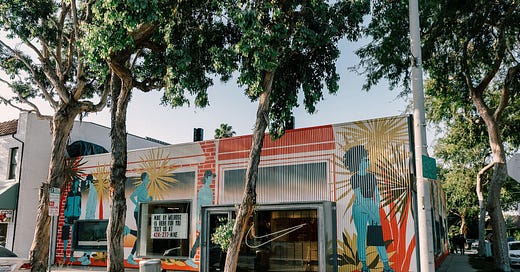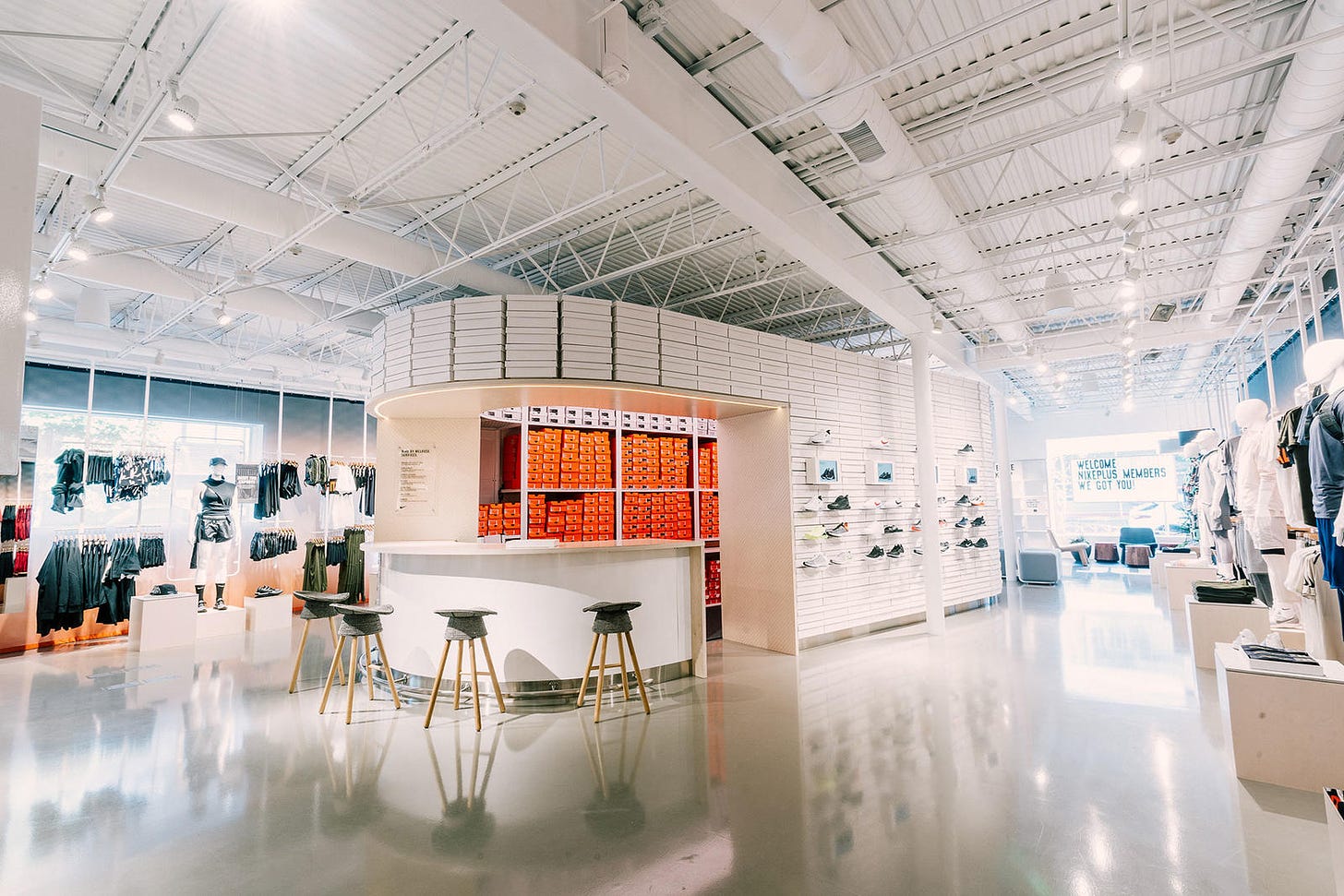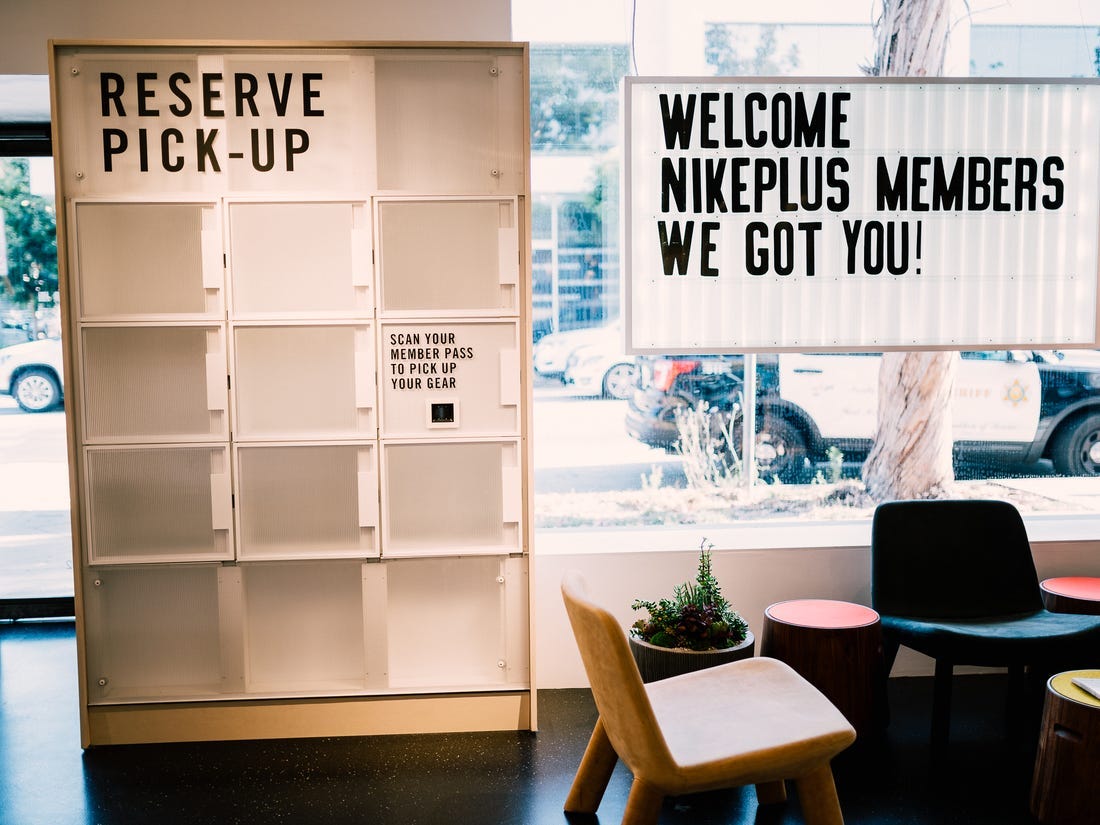The Consequences of Continuous Success
What are the costs of Nike's historical digital growth this year?
In last Friday’s investor call, Nike reported better-than-expected earnings highlighted by the company’s third consecutive quarter of over 80% growth from digital. That basically throws out your theory that “nobody ever successfully cops kicks off of SNKRS.” Sorry, not sorry.
For those that don’t pay attention to Nike’s moves the way some in the footwear industry and sneaker game do, this seems to be a surprise considering the challenges many companies have been facing during the COVID-19 crisis. The Swoosh has been “transitioning” to a more Direct To Consumer (DTC) strategy for years but the pandemic played perfectly into their hands when nearly everyone stopped shopping in person for the last 9 months. Nike gets it when it comes to digital. I’m not talking about the experience most have on the SNKRS app. I’m talking about the relentless pursuit of perfection (Sorry, Lexus. Pretty sure your copyright on that phrase ran out years ago) that can be seen across each and every one of the touchpoints that consumers have with the brand in the digital space. You can always look to the inspiring commercial work that comes from their partnership with Weiden+Kennedy to the in-app content on SNKRS, or the straight-from-the-source storytelling from Jordan Brand as a resource for how things should be done. Furthermore, you will also see Nike trying and failing with content (and business) approaches on a regular basis, then switching things up in that aforementioned pursuit of perfecting their craft. In short, whether you are talking about sneakers or any other product, few companies understand how to connect with their consumers better than Nike.
In the words of Michael Jordan, I took that personally.
According to Footwear News, Nike shares are up 40% this year, in large part due to the digital success, but also because Nike continues to try new things with their brick and mortar stores. When I was living in LA, they opened a local store around the corner from my place that allowed me to buy online and pick up curbside. If I didn’t want to talk to someone, I could have them place my order in a storage locker just inside the door, perfect for the Anti-Social Social Club types like myself. They even had a vending machine that gave you free products if you scanned in on the app. You could go back every week or two and scan in again to get whatever new goodies were in the machine. I got a handful of gift cards, shoelaces branded with “Nike By Melrose,” and even some things that were given away in partnership with other stores in the Melrose Place neighborhood, like Glossier.
If I could sum up what I thought about the store in a few words, I’d say it is exactly what a neighborhood boutique should be and feel like, except it’s a giant behemoth of a company and not a boutique. In the words of Michael Jordan, I took that personally. Unfortunately, I always do. In 2011, when HUF announced they were closing down the legendary location off Union Square in San Francisco where sneakerheads and skateboarders made the brand successful, I stopped buying products from the brand. Thankfully, Benny Gold carried the torch for skateboarders and wannabees like me in The City. I understand that it’s not always the right choice for the business to do what’s right for the people. I’ve been on both sides of that coin in my life and neither feels good but I do think that having a connection with the local community is the most important aspect of a retail store. I don’t believe that retail is dead. I believe it needs to be more focused on the community now more than ever. It has to be different and focused on the neighborhood it’s in. Contrary to shutting down the Melrose Place store less than a year after it opened, Nike knows that retail is not dead. They’ve said it.

If all of the analysts, investors, and executives see the recent success in Nike’s digital sales as the future, then what happens to the in-person experience with the brand? According to UBS, “The key is Nike’s digital transformation is just getting started, and this is a point the market likely doesn’t fully appreciate. We think robust earnings growth plus upward revisions to sell-side consensus EPS estimates will keep Nike’s price-earnings ratio high and drive the stock higher.”
Translation: “Stop caring about people. We’re making money over here.”
Speaking of money, and lots of it, JD Sports, who already own Finish Line, Footpatrol, Livestock, size? and a handful of other sneaker retailers recently acquired Shoe Palace and their subsidiaries, Nice Kicks stores, and Anthem Stores (which were converted to Nice Kicks retail stores last year) for upwards of $681 million after shares were given to Shoe Palace owners, the Mersho brothers. JD would also own Footasylum but earlier this year they were blocked by The UK Competition and Market Authority because it would give them a near-monopoly in the space. While that’s not a likely possibility in the United States where Foot Locker, Inc. (owners of Champ’s Sports, Eastbay, Foot Locker, Footaction, and investors in GOAT) are already at the same level of mass ownership in the space, it’s apparent that there is a lot of opportunity in retail when it comes to sneakers. That said, both the moves of JD Sports and the hyper-focus of Nike investors and analysts on digital concerns me and makes me optimistic about the opportunities at the same time.
When we’re finally able to freely visit our friends and family without worrying about the coronavirus, the places that we used to gather will no longer be around. While the big cities will always have their flagship stores, the community doesn’t connect with big-box retailers the same way. We have our friends that work in those stores in order to get our hands on sneakers while we “support the homies” that get a commission off of the sales but there’s no loyalty to a corporate entity that’s 5-10 LLCs removed from the name on the door to the store. While businesses have gotten more efficient through the use of the internet and improvements in supply logistics that would explode the heads of previous generations, it’s slowly erased any real connection to the mom and pop type stores. It’s even taken us further away from the creativity that comes from thinking local.
However…
The ironic part of this Amazon-ing of every business on the planet is that the solution is literally right beneath our feet. For years, skate shops have been the lifeblood of the sport. Locally owned and operated stores have been around for years end even decades or more in some cases. Even when Nike jumped into the proverbial halfpipe with Nike SB nearly 20 years ago, the fear that they would ruin the sport and kill off the local skate shops, couldn’t be further from the truth. Nike Skateboarding has become the golden ticket for many skate shops who rely on the success of just a handful of releases from Nike SB each month to pay their rent, especially throughout this pandemic where the resurgence of SB Dunks has brought the attention of everyone on the planet. I told you Kylie Jenner wearing them was the best thing to happen to Dunks at the beginning of the year. Now, sure you can’t buy a pair for yourself without getting lucky on a raffle, but your local skate shop is still in business because of it.
I can’t speak to the specific sales numbers or revenue of Nike SB but it seems to me that the business model of supporting the small businesses does work. At least on some levels, that is. Why else would Nike continue that approach for SB? I’m not advocating for any company to lose money, nor am I arguing that digital is not the most important aspect of a business’ marketing and sales efforts. What I am wondering is, how does the formula work in Nike SB on a small scale but somehow doesn’t work when you expand the store’s product catalog to mainstream consumer levels the way the Nike By Melrose store did?
As we come out of this pandemic, I want to go to my local skate shop, my local sneaker store, and my local consignment store, and simply thank them for sticking around for us. I know it’s been tough. It’s been tough for all of us in different ways. But if the big businesses can reach record-breaking profits while the rest of us struggle to keep the lights on, maybe it’s time those profits go back into the communities that helped grow them. It’s created new entrepreneurs in skateboarding for years, and what’s a better way to recover from a life-changing recession than people starting new businesses? It’s time to see that growth expands into other categories with new businesses and new energy. The big businesses will be there to buy up the most financially lucrative ones, anyway, so what would it hurt? I think Foot Locker Inc., JD Group, or even Nike themselves should consider zigging instead of zagging. They should consider starting an entrepreneurship group that encourages people to start their own small businesses in the sneaker space instead of buying them up or shutting them down.
As they say, give a man a pair of sneakers and he’ll buy your sneakers for life. Teach a man to run a sneaker store and his whole community will be buying your sneakers for a lifetime. Or was that teach a man to fish…






